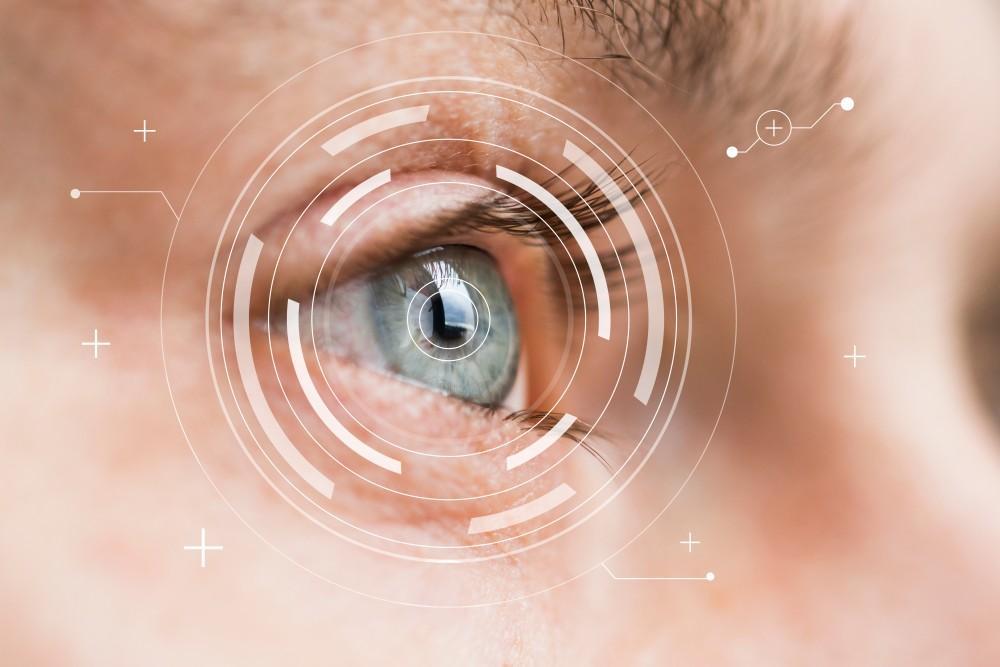
Your Treatment Options for Keratoconus

While you may associate eye disease with older age, keratoconus usually manifests in your late teens or early 20s. Keratoconus changes the shape of your cornea so that eventually, you can’t see clearly anymore. However, this progressive disease has effective treatments that restore and preserve your vision.
Stephen Khachikian, MD -- a skilled eye ophthalmologist in Rapid City, South Dakota -- recommends that you treat keratoconus as soon as possible. Here’s what you need to know keratoconus and available treatments.
Keratoconus distorts your cornea
Your cornea refracts the light that enters the eye, directing it to the correct locations, mainly the retina. The cornea is responsible for more than half of your total optic power and has a significant impact on the clarity of your vision.
Keratoconus affects how your cornea is shaped and, therefore, how it directs light within your eye. A normal cornea forms a perfect dome, its shape secured by tiny collagen fibers. Keratoconus develops when these tiny collagen fibers weaken. The cornea bends upward, looking more like a cone than the dome that’s required for unimpeded sight.
Early symptoms need evaluation
Keratoconus symptoms are common to many other eye conditions. That’s why you don’t want to dismiss any changes to your vision. Only a trained ophthalmologist is equipped to diagnose keratoconus accurately. If you’re experiencing any of the following symptoms, make an appointment with us as soon as possible:
- Blurry vision
- Distorted vision
- Cloudy vision
- Increased sensitivity to bright light
- Trouble with driving at night
- Frequent updates to your eyeglass prescription
- Double vision in only one eye
- Ghostly, or floating, images
If keratoconus runs in your family, you should be examined regularly because the disease has genetic components. If you’ve been diagnosed with keratoconus, be sure your children are examined regularly by an ophthalmologist, beginning by age 10.
Certain factors increase your risk
Although researchers haven’t nailed down a single cause for keratoconus, they’ve uncovered contributing factors besides genetics. These include:
- Excessive eye rubbing
- Chronic dry eyes
- Overexposure to ultraviolet (UV) light
- Contact lenses that don’t fit properly
People who have asthma may also be more susceptible to keratoconus.
Early treatment slows progression
Luckily, an expert ophthalmologist can treat and improve keratoconus. The simplest and most noninvasive solution is to wear corrective eyeglasses. You may be able to wear special soft contact lenses that help reshape the cornea. Beyond these solutions, we may recommend the following treatment:
Collagen cross-linking
Dr. Khachikian uses riboflavin eye drops and UV light to stimulate links between collagen fibers and strengthen the bonds in your corneal tissue. Stronger collagen bonds pull your cornea back into a dome shape.
Intacs® implants
Your doctor surgically places small implants called Intacs around your cornea to help flatten it and restore its original shape. Implants slow the progression of keratoconus and improve your vision.
Corneal transplant
If you need a corneal transplant, your doctor removes your cornea and replaces it with one from a donor. This procedure is reserved for advanced cases of keratoconus.
If you have blurred or distorted vision or have previously been diagnosed with keratoconus, contact us today for an evaluation and treatment.
You Might Also Enjoy...


I’m Not a LASIK Candidate. What About PRK?

Telltale Signs Your Eye Problem Is a Cornea Issue

Why Are Cataracts Common In Seniors?

Can You Prevent Keratoconus From Getting Worse?


